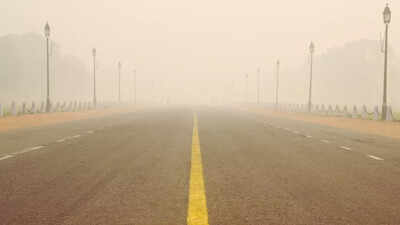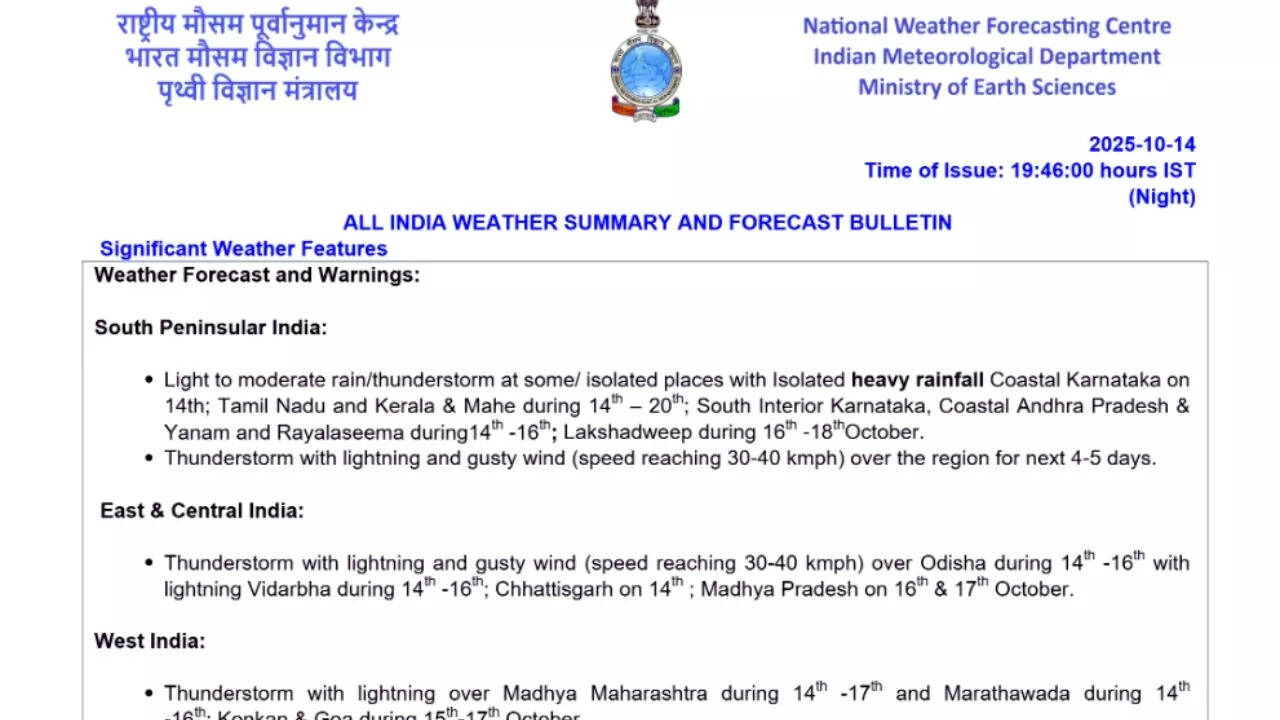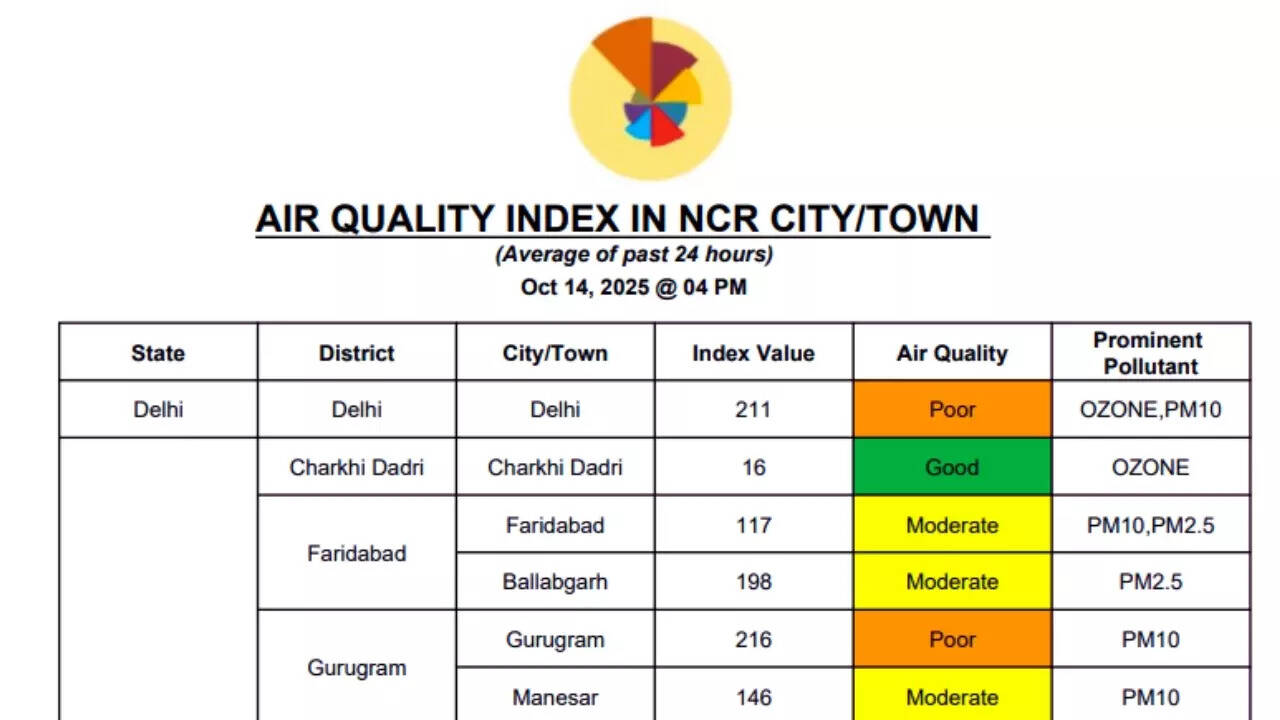ARTICLE AD BOX

The India Meteorological Department (IMD) has released its latest 7-day weather bulletin, warning of widespread rainfall, thunderstorms, and gusty winds over several parts of the country, particularly in South India.
As per IMD’s latest analysis, the southwest monsoon has further withdrawn from parts of Odisha, Chhattisgarh, and the remaining northeastern states. Meteorologists expect the monsoon to retreat from the remaining regions within the next two days. Meanwhile, the northeast monsoon is likely to commence over the southeast peninsular region, bringing increased rainfall activity to Tamil Nadu, Kerala, and adjoining areas.Upper air circulations are currently influencing weather patterns over multiple regions, including south Bangladesh, Gangetic West Bengal and Jharkhand, the west-central Arabian Sea, and the southwest Bay of Bengal, creating conditions favourable for thunderstorms and rainfall. A low-pressure area is expected to form over the southeast Arabian Sea and Lakshadweep off Kerala-Karnataka coasts around 19 October.

Light to moderate rain or thunderstorms with isolated heavy rainfall are expected over Tamil Nadu, Kerala, Mahe, south interior Karnataka, coastal Andhra Pradesh, Yanam, Rayalaseema, and Lakshadweep during the forecast period. These conditions are likely to be around for the next 4–5 days. The rainfall is expected to continue for some of these regions through October 20. As the national capital begins to embrace the first signs of winter with crisp mornings and pleasantly cool evenings, Delhiites are once again confronted with a familiar seasonal concern: the return of air pollution.
On Tuesday, the city’s Air Quality Index (AQI) dropped into the ‘poor’ category at 211 for the first time in nearly three months, signaling the onset of the dreaded pollution season that typically grips the region from October to February.
Delhi: Weather and air pollution
During the monsoon months, rainfall had temporarily cleaned the atmosphere, washing away pollutants and offering a brief respite from the smog. However, with the retreat of the monsoon and declining temperatures, the city’s pollution levels are once again on the rise.
Experts attribute this shift to the seasonal transition.

As per the Central Pollution Control Board (CPCB) classification, an AQI reading between 201 and 300 falls under the ‘poor’ category, while readings between 301 and 400 are categorised as ‘very poor,’ and anything above 400 is considered ‘severe’. The city’s current reading is of 211, though moderate compared to peak winter levels. There is a visible haze that now hangs over Delhi’s skyline.The India Meteorological Department (IMD) reported that Delhi recorded a maximum temperature of 32.6 degrees Celsius and a minimum of 19 degrees Celsius on Tuesday. The mild dip in temperature has brought some relief from the residual heat of early October.IMD’s forecast for the coming week suggests that Delhi will experience mainly clear skies, with mist or light haze during the early morning hours. Daytime conditions are expected to remain sunny, while temperatures will hover between 19 degrees Celsius and 33 degrees Celsius.
Recap: Weather and pollution
The India Meteorological Department (IMD) has issued its latest 7-day weather forecast, predicting heavy rainfall and thunderstorms across South India over the next week. States including Tamil Nadu, Kerala, Karnataka, Andhra Pradesh, and Rayalaseema are expected to experience light to moderate rain at many places, with isolated heavy showers in several regions. The IMD has also warned of thunderstorms accompanied by lightning and gusty winds of 30–40 kmph, particularly over South Peninsular India, Odisha, Vidarbha, Chhattisgarh, and parts of Maharashtra.
A low-pressure area is likely to form over the southeast Arabian Sea and the Lakshadweep region around 19 October, potentially intensifying rainfall and increasing the risk of flooding in low-lying areas. Residents are advised to stay cautious and follow local weather advisories, especially those in coastal and flood-prone regions. For several regions, it might be a wet Diwali this year. So plan ahead, and plan well. Meanwhile, Delhi is experiencing a contrasting weather scenario, with cooler morning temperatures bringing much-needed relief to city residents after the long pre-winter heat. However, the comfort of the cooler mornings is overshadowed by the return of air pollution, as the Air Quality Index (AQI) has dropped into the ‘poor’ category at 211, marking the onset of the city’s pollution season after nearly three months.
While residents enjoy pleasant evenings and crisp mornings, health experts have urged caution, particularly for children, the elderly, and people with respiratory conditions.

 2 hours ago
5
2 hours ago
5









 English (US) ·
English (US) ·